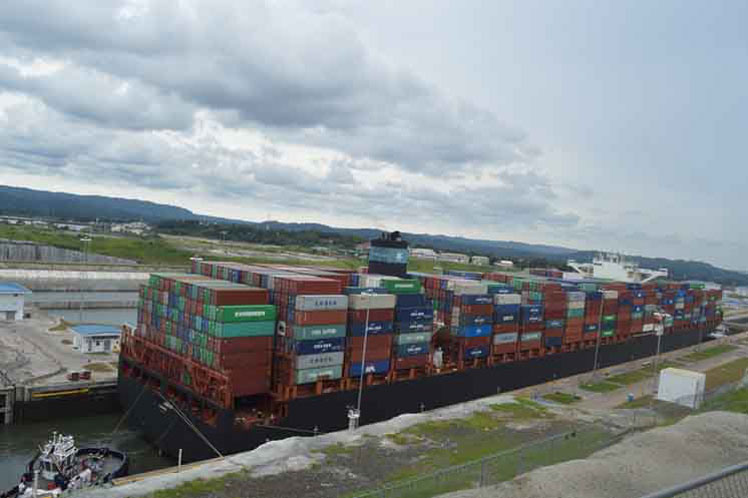When braking down revenues from January to March, the INEC warned that there was a slight reduction in the number of Panamax ships (the size of the traditional locks), while 680 Neopanamax megaships used the enlarged canal, accounting for 11.7 percent more than in the first trimester of 2018.
On April 23, the number of 6,000 ships that crossed the new locks since they were inaugurated on June 26, 2016, was achieved, thus reaffirming the impact of the canal on production chains and international maritime trade.
More than 50 percent of the Panama Canal’s traffic consisted of container carriers, followed by 26 percent of tankers carrying liquefied gas from oil, and 11 percent of vessels laden with liquefied natural gas, among other ships.
Last year, the Panama Canal closed its 2018 fiscal year with total revenues of 3.171 billion dollars, 9.5 percent more than in 2017, and set a record in the volume of cargo, totaling 442.1 million tons.
